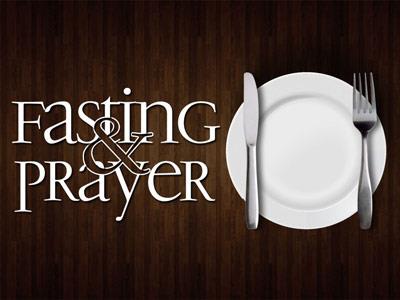-
"True Repentance.”
Contributed by Dr. Jerry Morrissey on Nov 28, 2017 (message contributor)
Summary: Year A. Second Sunday in Advent Matthew 3: 1-12 December 9th, 2001 Title: “True Repentance.”
Year A. Second Sunday in Advent Matthew 3: 1-12 December 9th, 2001
Title: “True Repentance.”
In those days John the Baptist appeared in the wilderness of Judea, proclaiming, “Repent, for the kingdom of heaven has come near. “This is the one of whom the prophet Isaiah spoke when he said, “The voice of one crying out in the wilderness: ‘Prepare the way of the Lord, make his paths straight.’ “Now John wore clothing of camel’s hair with a leather belt around his waist, and his food was locusts and wild honey. Then the people of Jerusalem and all Judea were going out to him, and all the region along the Jordan, and they were baptized by him in the river Jordan, confessing their sins. But when he saw many Pharisees and Sadducees coming for baptism, he said to them, “You brood of vipers! Who warned you to flee from the wrath to come? Bear fruit worthy of repentance. Do not presume to say to yourselves, ‘We have Abraham as our ancestor’; for I tell you, God is able from these stones to raise up children to Abraham. Even now the ax is lying at the root of the trees; every tree therefore that does not bear good fruit is cut down and thrown into the fire. “I baptize you with water for repentance, but one who is more powerful than I is coming after me; I am not worthy to carry his sandals. He will baptize you with the Holy Spirit and fire. His winnowing fork is in his hand, and he will clear his threshing floor and will gather his wheat into the granary; but the chaff he will burn with unquenchable fire.”
Matthew records the appearance of the Baptist as the forerunner-preacher of the Kingdom, issuing a call to repentance and promising the arrival of the “One more powerful than I.”
With a subtle change from “John the Baptizer,” as in Mark to “John the Baptist,” Matthew changes the perspective on John from baptizing to preaching by making “Baptist,” a title. It is John’s preaching much more than his baptizing that is highlighted and Matthew gives us a terse definition of just what a prophet is, namely, quoting Isaiah, a voice calling in the desert. John’s main function is to announce, to proclaim the imminent judgment of God and the coming of “One more powerful than I.”
John calls from the desert for repentance, a change of heart, outlook, life, in order to prepare for this judgment and to favorably pass it. Since this repentance is essentially an interior event, the external evidence of that decision is shown first by a baptism of water, and then followed by a change of life, by a change of behavior.
John was an important figure in his own right. His preaching created a widespread revival movement and his followers constituted a significant sect within Judaism. In fact, this group maintained a separate existence beyond the New Testament period. Even Josephus, the well-known Jewish historian of the period, devotes more space to John than to Jesus and his followers. Despite his independent renown, Matthew is interested in John only in so far as he throws light on the mission of Jesus and as a model for Christians as forerunners of the second and final coming of Christ at the End Time or end of time. In his view John’s preaching and life-example prepares the way for Jesus’ ministry and provides the setting for the launching of Jesus’ mission.
In verse one, a preacher in the desert of Judea: John is introduced abruptly, distinguished by his title, “the Baptist,” since he was the first to baptize others. It is not clear whether John originally belonged to an Essene community or to the Qumran sect, roughly equivalent to Christian monasteries of former times. These folks believed the End was imminent and withdrew from the world to prepare for it by study of Scripture and by living an ascetical life. Both were baptizing groups, but the baptisms were self-administered and repeated, ritual acts, an extension of mainstream Judaism’s many ritual washings. At Qumran baptism was practiced as an initiation rite, entrance into a life of repentance and of preparation for the impending Doomsday. That act seems to have been regularly repeated by the “monk.” John’s baptism was quite different. It was a single, unrepeatable act, as was Christian Baptism, signifying repentance rather than ritual purification, something one underwent rather than performed.
The “desert of Judea,” is the land that drops steeply from the Judean hills to the Dead Sea, not all of which is desert.
In verse two, repent, repentance, not baptism, is the object and goal of John’s preaching. Baptism is an expression of, evidence of, confirmation of, pledge of repentance, not a substitute for it. Matthew has John preach the very words that Jesus will later use Matthew 4:17, the cry of the prophets, repent. Repentance is more than being “sorry,” for past sins. It is not primarily emotional. It is a determined, purposeful turning away from a sinful past and a full-hearted turning to God.

 Sermon Central
Sermon Central



